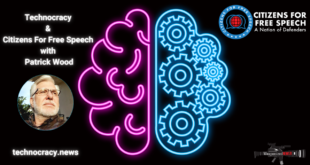By Christopher Wanjek | LIVESCIENCE.COM | January 28, 2015
The brains of psychopathic violent criminals have abnormalities in regions related to punishment that are not seen in the brains of violent criminals who are not psychopathic, according to new research using brain scans.
These MRI scans suggest that psychopaths don’t grasp punishment the same way as other people, the researchers said. This is likely why psychopaths do not benefit from rehabilitation programs, as other violent criminals often do, the scientists report today (Jan. 28) in the journal Lancet Psychiatry.
However, understanding these neurological underpinnings of psychopathy may improve interventions during childhood, when psychopathic behavior emerges as something distinct from ordinary delinquency, the scientists said.
“Psychopathic offenders are different from regular criminals in many ways,” said Dr. Nigel Blackwood of King’s College London, a senior author on the paper. “Regular criminals are hyper-responsive to threat, quick-tempered and aggressive, while psychopaths have a very low response to threats, are cold, and their aggressive behavior is premeditated.”
In previous research, Blackwood has described psychopaths as “cold-hearted” and other violent offenders as “hot-headed.” [Top 10 Controversial Psychiatric Disorders]
To understand this difference, Blackwood and his colleagues conducted MRI scans of the brains of 12 violent criminals with psychopathy, 20 violent criminals with antisocial personality disorder but not psychopathy, and 18 healthy people who were not criminals. The criminals had been convicted of murder, rape, attempted murder or grievous bodily harm in the United Kingdom.
While their brains were being scanned, the participants were asked to play a matching game to assess their ability to change their behavior when confronted with rewards and punishment.
In the group of criminals who were psychopathic, the scientists observed lower volumes of gray matter in brain regions involved in empathy, moral reasoning, and the processing of social emotions such as guilt and embarrassment. They also found abnormalities in white matter fibers leading to the prefrontal cortex, in regions involved in learning from reward and punishment.
The other violent criminals performed similarly to the people who were not criminals in this test, the researchers found.
 Weaponized News New World Order politics, economics and current events
Weaponized News New World Order politics, economics and current events







